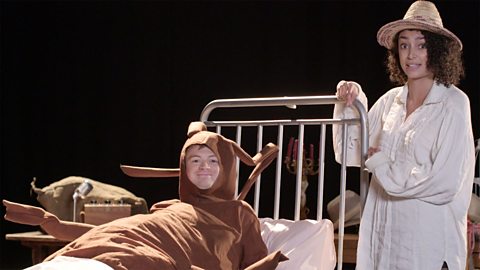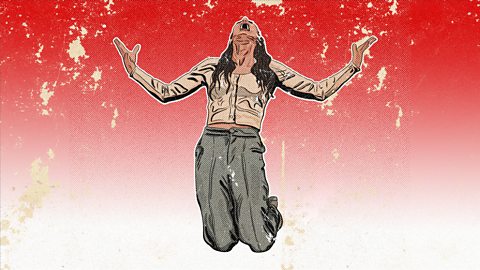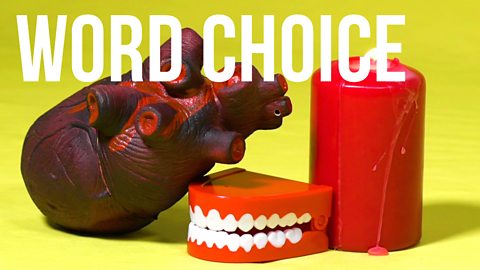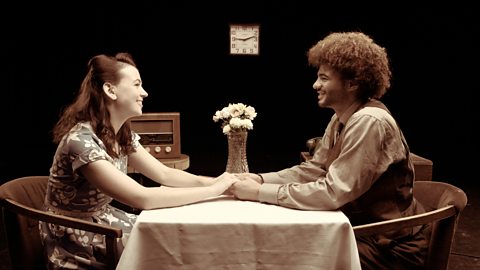- Drafting is a process that all writers go through and is much more than rewriting.
- As you draft your story, choose words that reflect the characters and mood.
- Drafting allows you to rethink the structure of your fiction writing.
Learn how practice makes perfect when polishing your prose
The drafting process
The first draft is where a writer puts down their thoughts and ideas and starts to shape their text.
A writer will often draft and redraft a number of times in order to develop and improve their work. A successful writer will do this because the first draft is rarely as good as it can be.
It is easy to think that redrafting is a form of rewriting, but it is much more than correcting spelling and punctuation errors. Drafting gives you the opportunity to select more precise vocabulary and shape your writing more effectively.
The first draft of a story or article will often be a little ‘rough’ in shape. You may not have had a chance to develop your narrative voice, choose the best words, or organise your ideas effectively. Reading a draft thoroughly and analysing it in the way you would another person’s piece of writing is tricky, but really valuable.
Word choices
Sir Arthur Conan Doyle's work has been published all over the world and is renowned for its excellent language choices. It is, however, unlikely that his first draft and his final draft were very similar at all.
In The Brazilian Cat, Conan Doyle structures the story so that the main character is trapped overnight inside a room with a dangerous cat:
It was evident to me at once that he was in a much more dangerous and aggressive mood than when I had seen him last. The cold of the morning had irritated him, and he was hungry as well. With a continual growl he paced swiftly up and down the side of the room which was farthest from my refuge, his whiskers bristling angrily, and his tail switching and lashing.
In order to create tension and emphasise the menacing qualities of the animal, Conan Doyle has deliberately selected the noun ‘growl’ to link with the verb ‘paced’. Together, both word choices suggest that the creature poses a threat to the narrator.
When redrafting you may wish to look at verb choices in particular and consider what emotion you want to create. What difference to the atmosphere would it make if the writer had chosen ‘ran’, ‘scampered’, ‘trotted’ or ‘strolled’? The creature may not have sounded nearly as dangerous!
A thesaurus may help you find the right word choice to help bring your writing to life.
Considering structure
As with language choices, it is unlikely that the first structure you decide upon will be the right one for the mood you are trying to create.
Once the first draft has been written you can sometimes see that starting with a different event could change the reader's view of a character.
For example, in one of the first drafts of Harry Potter and the Philosopher's Stone by J.K. Rowling, the character of Voldemort is shown killing Harry’s parents in their home - a scene that does not appear in the published version. After finishing this draft Rowling reconsidered and decided that this episode in Harry’s life needed to be less dark.
Activity
Quick drafting checklist
Once you’ve written your first draft, try checking it against this short list:
- Is the atmosphere right?Could you add any adjectives or similes to make a cheery situation cheerier, a busy one more bustling or a sad setting seem more bleak?
- Are the characters moving as they should?What verbs could be swapped in or added to show the way a certain character walks, works or gestures?
- Are the characters speaking in a way that shows who they are or what they’re trying to do?Could a verb that shows off the volume, tone or style of their speech do a better job of showing us their personality?
- Can we understand the characters clearly?We don’t want descriptions of every hair and freckle, but a few well-chosen adjectives or similes might be good – is there a place you could add some and enhance our sense of what a character is like?
- Are you able to ‘show’ and not just ‘tell’?Is there anywhere you could try to ‘show’ instead of ‘tell’ how someone feels?A good way to practise this is to think about the physical ‘symptoms’ or sensations of a particular feeling and describe those. For example, when we’re very angry we might get red in the face and tense up our shoulders, arms or hands, so instead of writing “Judith was getting angry”, we could try: “Judith’s face was becoming tomato red, and her hands curled up into tight fists.”
Redrafting is more than checking spelling and punctuation – those are important too but you can get them right when you proofread your final draft. Try to get the style of writing the way you want it first, and the rest can be fixed afterwards. A paper or online thesaurus is very helpful when you are drafting as it can help you choose more interesting vocabulary.
Remember
Redrafting is about considering the ways in which a piece of work can be improved and developed. This may include individual word choices as well as the overall structure of your writing. A first draft of writing is often just the beginning of the process.
More on Fiction writing
Find out more by working through a topic
- count4 of 5

- count1 of 5

- count2 of 5



